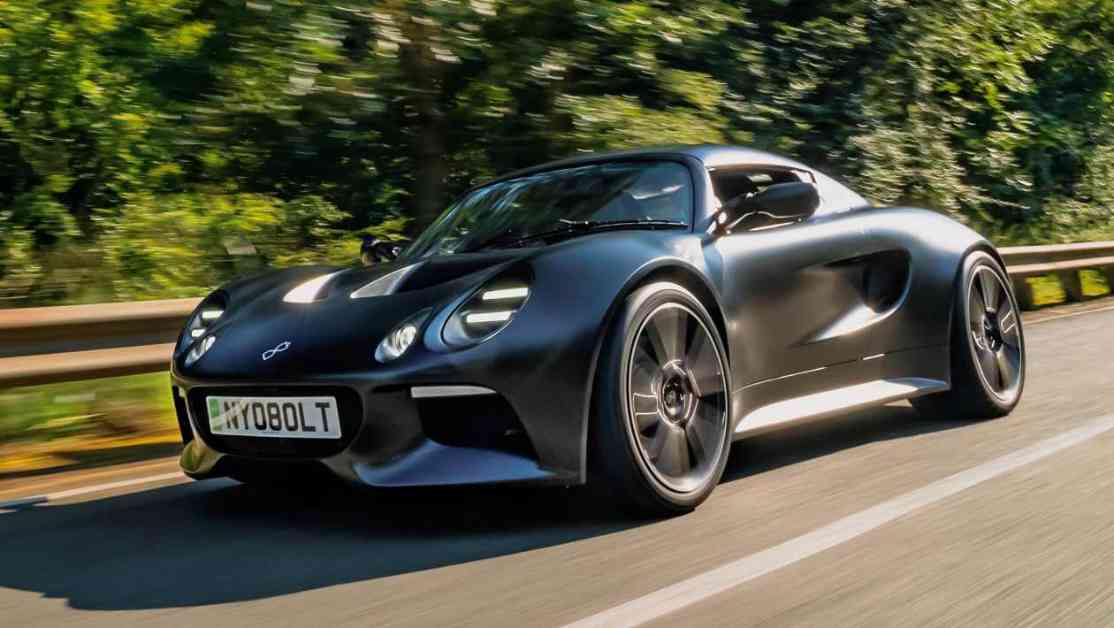Julian Thomson, the mastermind behind the iconic Series 1 Lotus Elise, has teamed up with British battery firm Nyobolt to create a cutting-edge electric sports car that pays homage to the classic roadster. The Nyobolt EV concept, initially unveiled as a show car, has now been transformed into a functional prototype, showcasing Nyobolt’s rapid-charging battery technology in action.
Using an Exige S chassis as the foundation, Thomson conceptualized the electric sports car before entrusting the design and engineering to Callum, a company founded by Ian Callum, Thomson’s former colleague at JLR. The result is a sleek roadster that maintains many of the original Elise design elements, such as the distinctive front lamps, recessed tail lights, and sleek profile.
Underneath its stylish exterior lies Nyobolt’s latest battery technology, housed within the modified Exige aluminum chassis. The 35kWh battery pack can be charged from 10-80% in just 4 minutes and 37 seconds when connected to a 350kW charger, offering a maximum range of 155 miles on the WLTP cycle. Impressively, the battery has been tested to withstand the equivalent of 600,000 miles of road use while retaining over 80% of its original capacity, showcasing its durability and longevity.
Thanks to its integrated power electronics and low-impedance cell design, Nyobolt’s battery system proves that high-performance electric vehicles don’t need to rely on heavy, bulky batteries to deliver impressive results. With a curb weight of 1250kg, the Nyobolt EV is significantly lighter than other purpose-built EV sports cars, offering a power-to-weight ratio that rivals that of the new Porsche 911 GTS.
While the Nyobolt EV was initially designed as a showcase for Nyobolt’s cutting-edge battery technology, Callum has engineered the sports car to be production-ready, hinting at the possibility of a limited production run of 25 cars per year. Additionally, Nyobolt is currently in discussions with eight OEMs to integrate its innovative battery systems into future high-performance electric vehicles, highlighting the potential for widespread adoption of this groundbreaking technology in the automotive industry.










